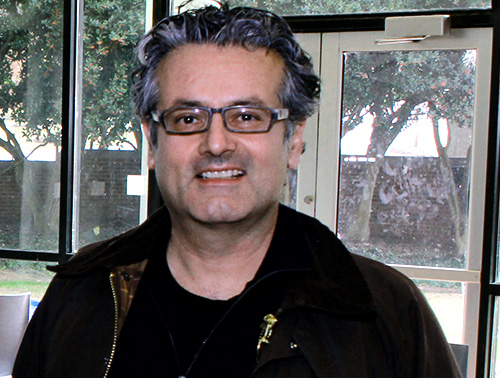Retrofitting Suburbia
The development patterns and property types introduced by post-war suburbanization in North America, and now expanded around the globe, providing access to the “American Dream” for generations. They also produced a range of unintended consequences – including traffic, high energy and water consumption, poor public health, declining affordability, and rising rates of suburban poverty. However, as these properties age, many of them are being redeveloped, reinhabited, or regreened to address these challenges.
Our Research
The world’s only database tracking retrofits of dead malls, big box stores, office parks, medical campuses, commercial strips, garden apartment complexes, golf course communities, etc., into more sustainable places is housed in the SoA at Georgia Tech. Continuously updated, it is complemented by coursework in Retrofitting Suburbia, sponsored graduate design studio proposals for communities with underperforming suburban property types, research projects, lectures and workshops on Retrofits, New Urbanism, Smart Growth, Smart Cities, and Eco-Districts in Metro Atlanta and beyond.
Questions?
Contact Us




